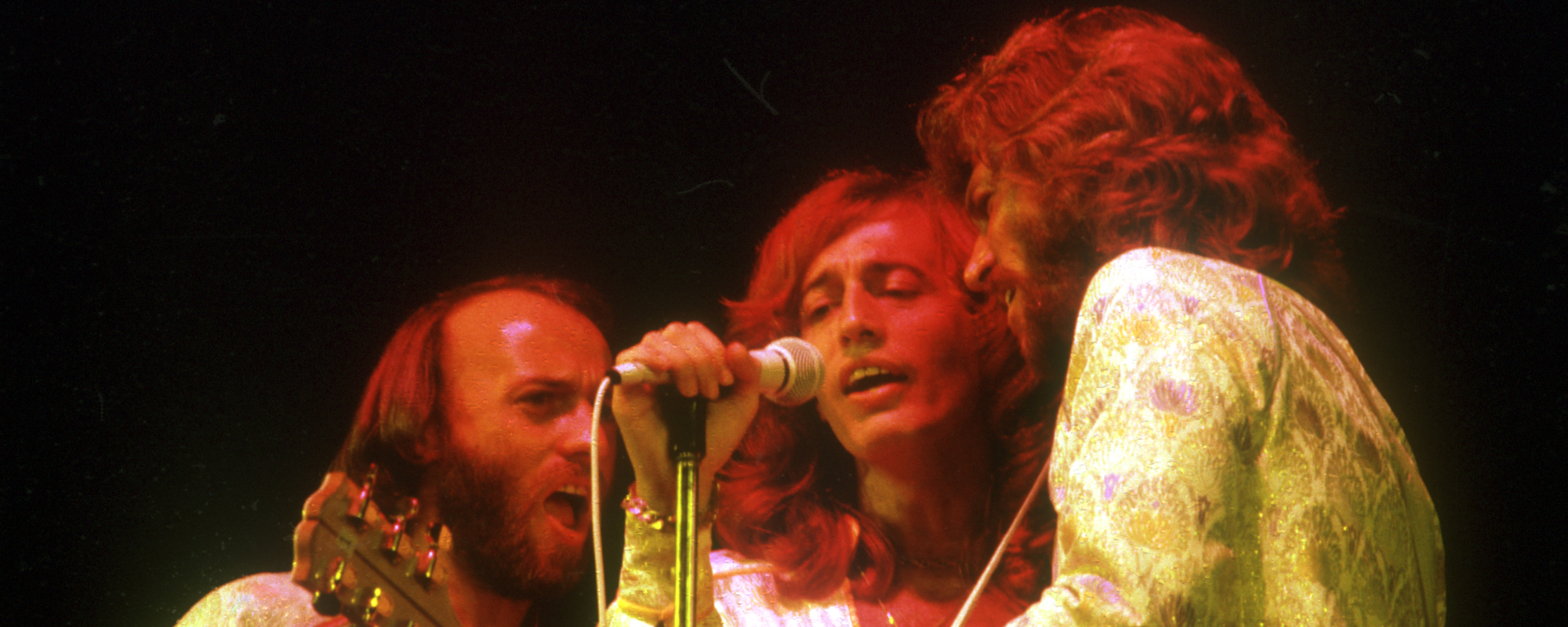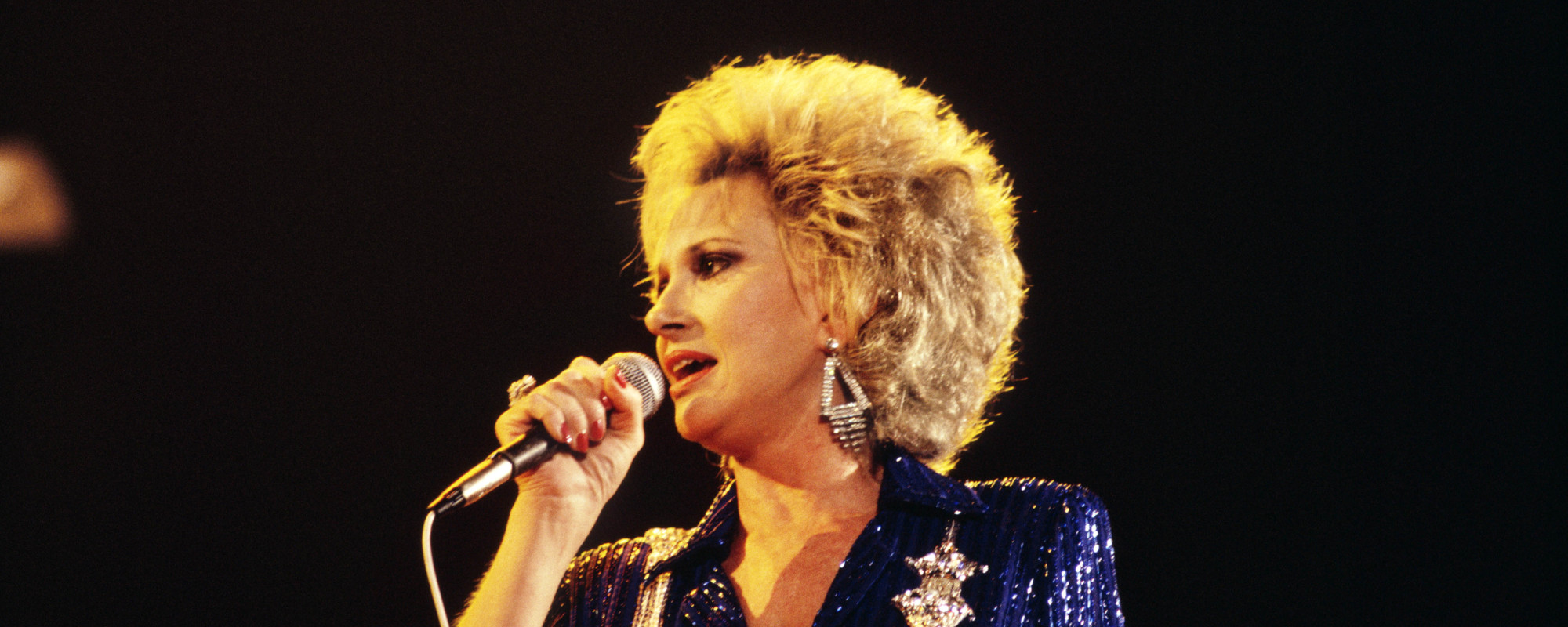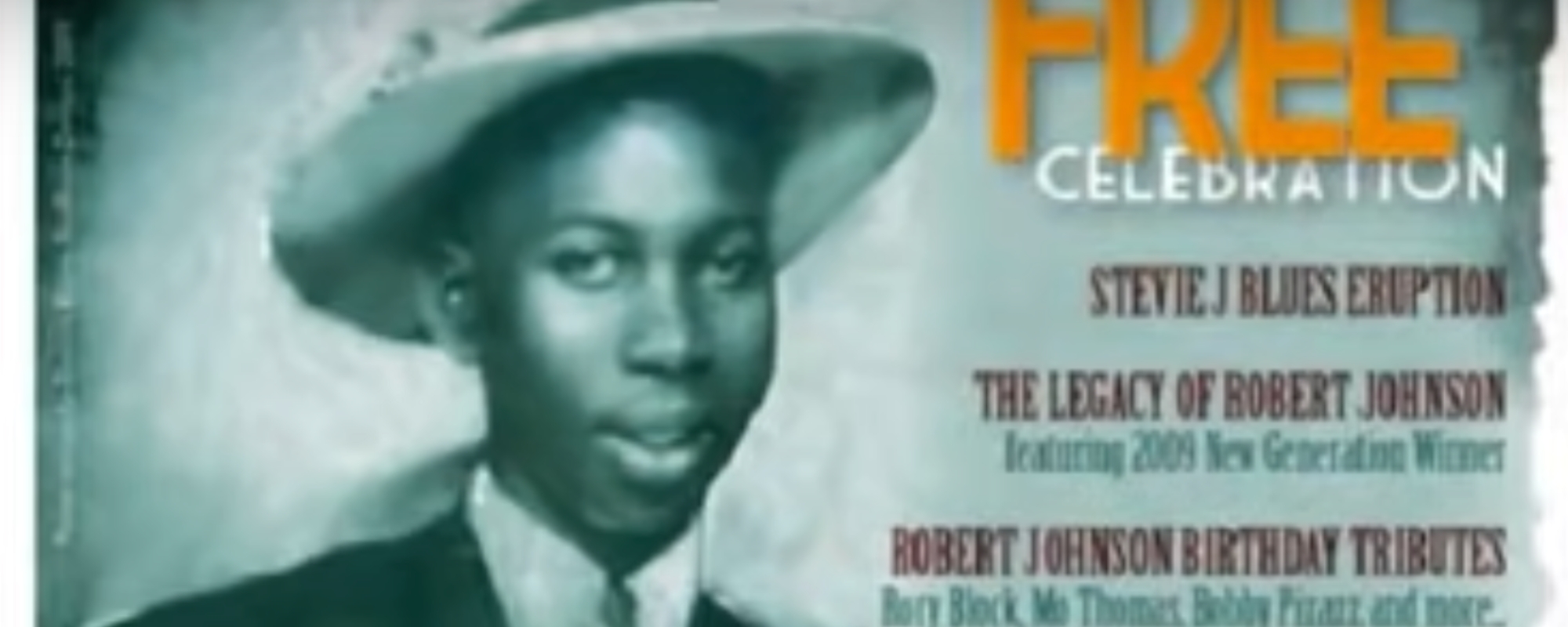The entire story behind the lengthy creation of a beloved standard
“Smile, though your heart is aching, smile, even though it’s aching…” It’s a beloved standard. “Smile.” Most people know the song, and many know it as “the song Charlie Chaplin wrote.”
Did Chaplin write it? Was he even a songwriter?
In fact, Chaplin did write the song, indirectly. And, no, he wasn’t a songwriter. In this, the full account of its origins, as expanded with an interview conducted with the composer David Raksin, who worked with Chaplin, is the whole story behind the song “Smile.”
It’s now of America’s most famous songs, recorded originally by Nat “King” Cole, who had the first hit with his 1955 recording. Judy Garland’s heartrending performances of it in 1963 on “The Ed Sullivan Show” and elsewhere resonated through the darkness of that year and beyond.
Michael Jackson said often it was his favorite song, and recorded it himself in a beautifully reverent, orchestral version. His brothers performed it in his honor at his funeral.
Most recently came a 1959 rendition by the iconic comic Jimmy Durante, known more for his big schnozz than his music, which was used in the 2019 movie Joker, starring Joaquin Phoenix.
Here’s the real story behind “Smile.”
Videos by American Songwriter
Charlie Chaplin not only wrote, directed and starred in his own films, he also composed their scores. And for silent films, which had no dialogue, these were lengthy scores. The song “Smile” was adapted from the heartbreaking theme in Chaplin’s score to his 1936 film Modern Times .
But although Chaplin received all credit for the score, he relied on the service of a “musical secretary” to translate his ideas into an orchestral score. The composer David Raksin, who went on to write hundreds of scores himself, and also famous songs such as “Laura,” had this job on Modern Times. As he explains in the following account, he was “the co-author of that score.”
Neither Chaplin nor Raksin ever intended that music to be used as a song. That didn’t happen until 1954, some eighteen years after Modern Times, which was Chaplin’s last silent movie, was released.
The song itself was the brilliant creation of the songwriters John Turner and Geoffrey Parsons, who adapted that melodic theme from the movie, changing it somewhat, and turned it into a song. They wrote the lyrics, wisely relying on the beloved spirit and image of Chaplin’s Little Tramp, who often laughed in the face of sorrow, and they created what became a standard.
It’s a standard almost always attributed, if at all, to Chaplin, rarely mentioning the careful craft of Turner and Parsons, who discovered and developed its essence as a beautifully lyrical song.
Yet there was another contributor who is forever overlooked when this song is discussed, and that is David Raksin. Called “the grandfather of film composers,” he died in 2004 at the age of 92. After retiring, he taught film-scoring at USC, UCLA and spent many years writing his immense auto-biography, The Bad and the Beautiful: My Life in a Golden Age of Film Music.
I had the good fortune to interview Raksin in 1999 for my book Hollywood Remembered. He was surprised and pleased by my great love and fascination with Chaplin, and he generously shared all details of their work together, including accounts of their daily trips to Musso & Frank’s Grill for lunch, making up ditties about the Irish stew on their way.
Never before had he shared the full details of “Smile” and its origins, until this interview. He even included the fact that, like all those who served in the role of Charlie’s “musical secretary,” he was ultimately fired before his work was complete. But his job was saved, he said, by none other than the legendary film composer Alfred Newman, the uncle of Randy Newman.

DAVID RAKSIN: The song “Smile” came from Chaplin’s film Modern Times. He retained credit for writing the music, but we wrote it together.
What happened is that Harms Music invited me to work with Charlie on the score of his new movie. The first time I met him was at his studio at La Brea and Sunset. There used to be a house right next to it. Charlie’s brother Sydney lived in that house. It was a very nice part of town then.
My first impression of Chaplin was that he was a very, very marvelously dressed little guy. A wonderful suit and shoes that had tops like spats. Really a dandy! I had never seen him as himself in the photos, only as the Little Tramp. He seemed like a different person at first from the Tramp, but then you could see it in him, you know. I’d be sitting there with him in the studio and there he was, but he’d also be on the screen in character.
He was funny sometimes offscreen, but not a lot. We worked at the studio. We plunged right in working the first time we met. He was still editing the film a little bit when we started. He showed me the film first. I thought it was wonderful.
He had little notions for the music. He’d play them. Sometimes he would play these little three-fingered chords, sometimes just the melody. We’d discuss them. I would take notes and sometimes make suggestions, and I would tell him what I thought.
After a week and a half of that, he fired me. He didn’t like to have some 23-year-old kid telling the great man in Hollywood what to do with his own picture. He was a total autocrat, and wasn’t used to having anybody saying, “Hey, wait a minute, Charlie, maybe we can do better than that.”
But Alfred Newman saw the sketches I had been making of Charlie’s little tunes and spoke to Chaplin. He said, “You’d be crazy to fire this guy.”
So they asked me to come back but I told him I couldn’t come back without some understanding with Charlie. I said I had to have a session with Charlie in private. Because what I had to say to him, if I said it in front of his employees, it would have jeopardized his standing.
So we met and I told him Charlie, “Look, if you want a musical secretary, that is not me. If you want another stooge, you don’t need one. You are already up to your ears with them. Nobody will ever dare to say no to you, or make any change in what you’re doing. But if you want somebody who is willing to risk his job every day of the week to make sure the score is what it should be, I’m willing to do that. And he liked that.
We would work at the piano together. He would play with two fingers at the piano. He had nice ideas but he didn’t know how to extend or develop them; that was my job. He knew a lot of music. He had records, but he wasn’t a musician. He had no concept of key or anything. He wasn’t in C major or any major. He would just play “ding ding ding,” like that, and then I would figure it out.
He would play something and I would say, “You mean like this?” Then we would talk about where it goes from there. He learned to accept my suggestions and he was very grateful for them. We talked about orchestration. He was like a magpie. He learned everything, and he understood the orchestra and had some pretty good ideas about the orchestration.
Even the opening phrases were something we wrote together. He had the beginning of it, and played those opening notes [sings the first two measures: “Smile, though your heart is breaking…]
Instead of repeating that same melodic phrase, I suggested a variation [sings next two measures, starting one-half step lower than tonic, “Smile, even though it’s aching…]. and we talked about it all the way through and that’s how it got written.
The guys that made the song out of it [John Turner and Geoffrey Parsons] were very clever guys and really knew what the hell they were doing. The theme in the picture is somewhat different from that. The song is not in the picture, and the lyrics were written later.
I am really the co-author of that score [Modern Times.] I came there as an arranger and so I would naturally defer to [Chaplin], but he wasn’t really up to being a composer. When he had a sequence like the factory sequence, he had just an idea for three notes; I would take those and write some and then he wrote some and that’s how we wrote the score.”
I didn’t get credit but there was no point in making anything of it because that’s how things were done in those days. I was credited as arranger and orchestrator. though I did all the sketches. I didn’t mind. When you were the arranger, you were sometimes asked to compose. That’s what the arranger did.












Leave a Reply
Only members can comment. Become a member. Already a member? Log in.